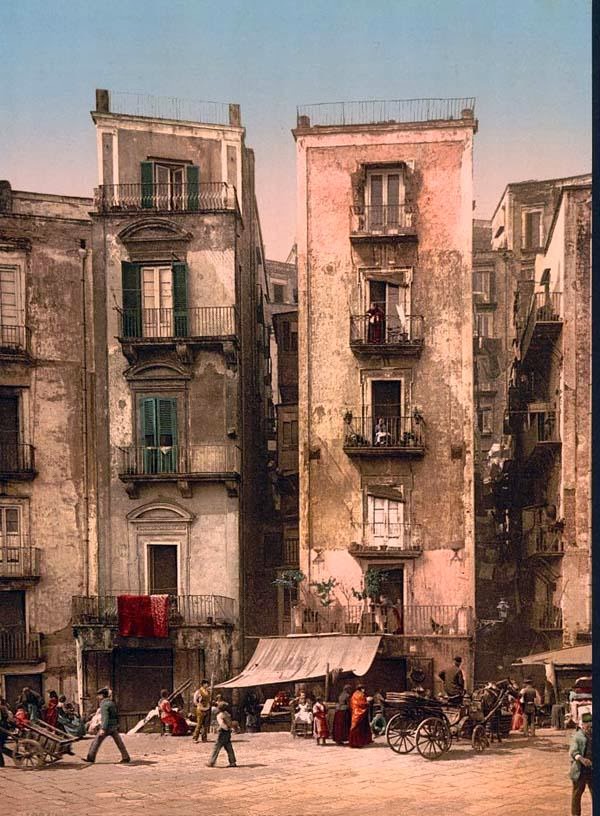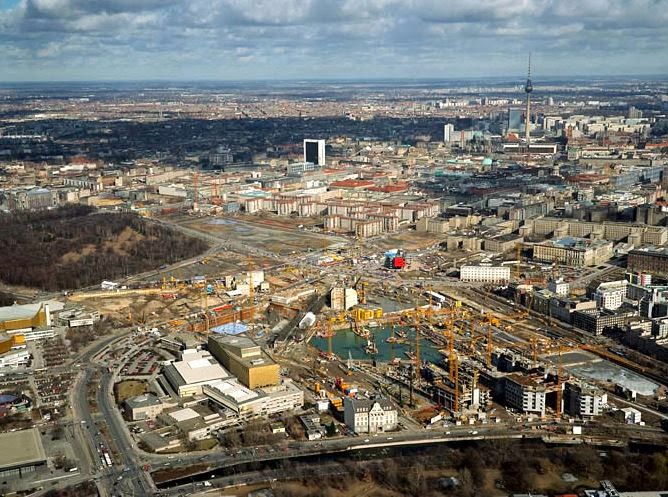“A Psychological Cage: Urban Gorge’s impact on mental health”
 |
| PEOPLE WALKING THROUGH NATURAL GORGE |
 |
| "LOOKING UP" STANDING IN AN URBAN GORGE |
 |
| PEOPLE WALKING THROUGH AN URBAN GORGE |
Hippocrates, In 400 B.C, noticed the relation of Airs, Waters and Places on health, he was like a magician with medicine in his time. He describes swamps and marshy places as unhealthy and sunny breezy hill sides as healthy places.(1) Thus the concept of influence of place on health cannot be said to be new. And this concept is very much relevant in today’s urban context where Hippocrate’s ‘place’ can be the ‘built environment’ enveloping an urban individual with its presence and sprawl everywhere, on land or in sky. These built forms are actually the elements which form the cities today and they are the indispensable part of one’s surrounding environment or ‘sense of place’. And due to the untamed growth in urban areas there are some portions of this huge mass which is very compact in design. Areas which are not planned by the governing authorities(2) and still exist in form of unauthorised or squatter settlements and here comes the occurrence of ‘Urban Gorges’ or may be just very compact and dull looking spaces within the living city which can be a visual cousins to the ‘Canyons’ which are created by the rivers cutting the soft crust of Earth. And these conditioned built forms are said to affect the individual’s health and is believed to be linked with poor mental health.(3)
“We shape our buildings and thereafter they shape us”(4)
Studies suggests that an average individual living in a developed world spends up to 85% of their life inside an artificially built environment inclusive of buildings, streets, compact housing, transportation or travelling from one built environment to another.(5) Gorge like structures within build environment of city and they impact the mind set of individuals.(6)The comfort level of these narrower streets (urban gorges) have been studied in questionnaire surveys When asked to rank the degree of mental discomfort from 1 to 5, The data shows 40% perceived the street as having no claustrophobic feeling, 44% suggested a low claustrophobic
feeling, and the remaining 12% agreeing the street was moderately claustrophobic. Hence it can be concluded that there is a direct effect of these narrow built forms on human mind. Studies have highlighted how such these enclosed structures can impact on both mental and physical health through reduction in visual attractiveness, increased anxiety among residents and increased social disorder. Further, contemporary theory suggests that streets with ratios narrower than 1:1 tend to have a negative claustrophobic feeling.(7)These included landscaping, planting trees, better waste management and greater street lighting. Participant observation and data gathered from interviews suggest that these measures impacted most positively on people with mental illness when they addressed issues.(8)
From above study there is a clear outcome that urban gorges have a negative impact on an individual’s mind and behaves like an enclosed psychological cage for the people. The urban regeneration programme was not designed to be a mental health population intervention but still, there is a large literature on the effect of place per se on health, attention has been paid to whether aspects of urban regeneration programmes can influence public health, particularly mental health.(9) An urban regeneration programme in an English town may have contributed to a decrease in rates of anxiety and depression. Urban regeneration being a method to rebuild, revive already built up places by physical intervention. And this physical intervention can help to create new
areas and treat these urban gorges and reduce their claustrophobic effects on individuals and make the urban settlements a comfortable place for the human mind.
.........................................................................................................................................................................................................................................................................................................................................................................................................................................................................................................
1 Hippocrates (original text written 400 B.C.E).
On Airs, Waters, and Places. In:
http://classics.mit.edu/Hippocrates/airwatpl.1.1.html
2 Housing Supply System in Unauthorized Settlements in Delhi:
Process and Outcomes
Sohail Ahmad, United Nations University - Institute of Advanced Studies, Japan
3 The impact of the physical and urban environment
on mental well-being H.F. Guitea, C.Clarkb, G.Ackrillc.
4 Churchill W. Winston Churchill quote. In: www.winstonchurchill.org
5 Samet JM, Spengler JD. Indoor Environment and Health: Moving Into the 21st Century. Am J of
Public Health 2003
6 Dalgard O, Tambs K. Urban environment and mental health. A longitudinal study. Br J Psychiatry
1997;
7 Alexander, C. (1977). A Pattern Language
8 Jackson RJ, Kochtitzky C. Creating a Healthy Environment: The Impact of the Built Environment on
Public Health. Washington DC; 2001.
9 Can urban regeneration programmes assist coping
and recovery for people with mental illness?
Suggestions from a qualitative case study
ROB WHITLEY and MARTIN PRINCE

























